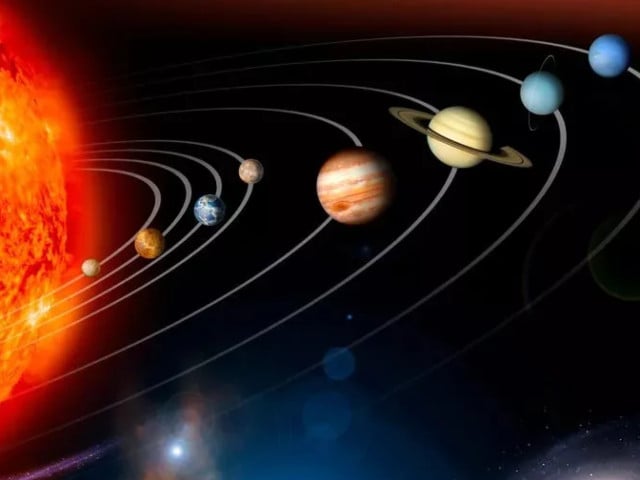
In mid-January, the night sky will offer a spectacular sight for both skywatchers and astronomers. A lineup of six planets will appear to align along their orbital paths, with four of them being bright enough to be seen with the naked eye.
These planets will appear to create a line in the night sky, which is referred to as the ecliptic.
Planetary alignments occur due to the relative positioning and orbits of the planets in our solar system as viewed from Earth. The fact that four planets are visible is particularly significant.
Mars, Saturn, Venus, and Jupiter are the four bright planets that will be aligned. Uranus and Neptune will also align, but they can only be seen with a telescope.
On Thursday, Mars will shine at its brightest. It is an ideal time to observe the red planet with a telescope, as more of its surface details will be visible than usual.
Mars is at its brightest during this period because it is positioned between the Earth and the Sun. Mars is in opposition this January, meaning it is directly opposite the Sun from Earth's perspective. This opposition happens roughly every two years, and it marks Mars' closest approach to Earth, making it appear large and bright.
On Friday and Saturday, Venus and Saturn will align in a conjunction. This means the two planets will be positioned as closely together as they will be.
After Friday and Saturday, Venus and Saturn will gradually separate from each other as seen from Earth.
The planetary alignment will be visible in the night sky on Tuesday, Jan. 21.
Venus, Jupiter, Saturn, and Mars have been visible throughout January and will continue to be visible for the rest of the month.






1737148219-0/Untitled-design-(63)1737148219-0-270x192.webp)






1732012115-0/Untitled-design-(14)1732012115-0-270x192.webp)










COMMENTS
Comments are moderated and generally will be posted if they are on-topic and not abusive.
For more information, please see our Comments FAQ